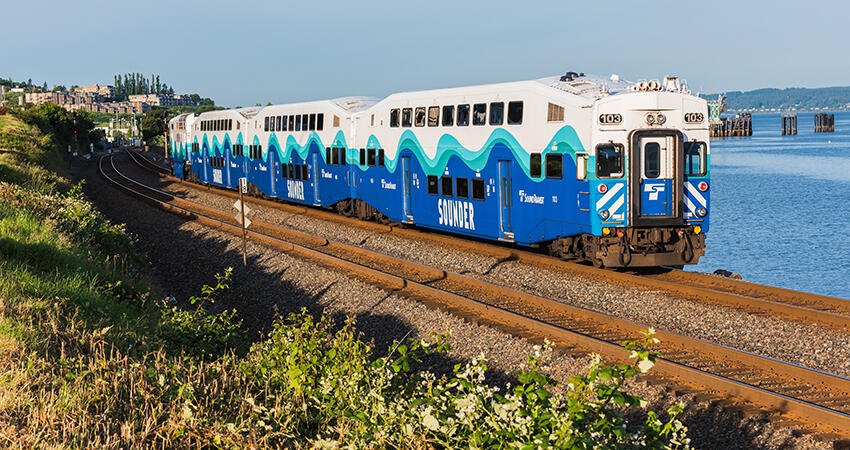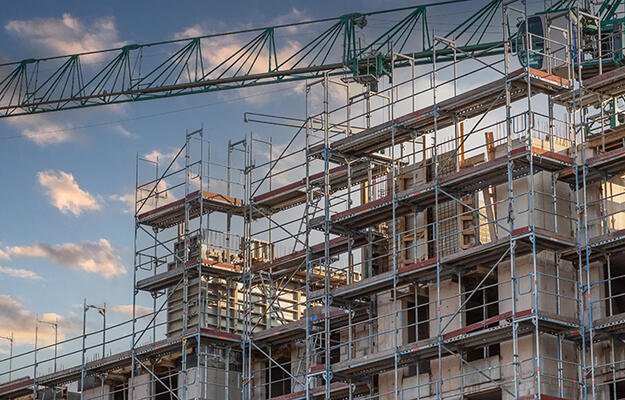
(Ian Dewar Photography / Shutterstock)
Does New Transit Gentrify Low-Income Communities?
- Title:
-
Investigating Transit-Induced Displacement Using Eviction Data
- Author:
-
Elizabeth C. Delmelle, Isabelle Nilsson, and Alexander Bryant
- Source:
- Publication Date:
-
2020
Some believe new rail transit lines in low-income communities could benefit residents by connecting them to jobs and services. But others worry new transit investments may increase property values, leading to gentrification and displacement of residents with low incomes. Displacement is difficult to measure because it requires researchers to define an appropriate time period and the type of neighborhood change, and datasets cannot capture every measure of displacement. This study’s authors use an alternative metric to understand residential mobility—eviction rates—to explore the link between new transit and displacement.
The researchers chose to measure eviction rates because eviction is considered a form of direct displacement and an involuntary move and because they provide an alternative to more traditional datasets, such as tax records. Researchers analyzed data from four cities that built or extended rail transit systems between 2005 and 2009—Newark, New Jersey; San Diego, California; Saint Louis, Missouri; and Seattle, Washington. They used census block group data from 2001–16 sourced from the Eviction Lab at Princeton University. The data include the number of eviction judgements in which renters were ordered to leave in a given block group and year, eviction filings in a block group, and the eviction filing rates. The dataset only includes formal evictions. Next, the researchers used data from the Center for Transit-Oriented Development (which includes rail station location and opening year data) to compare changes in outcome (such as eviction filing rates) over time between renters who lived in neighborhoods where a rail station was built and renters who lived in control neighborhoods without such stations. They only included block groups they considered “gentrifiable,” which they defined as a low-income neighborhood with a lower-than-average share of newer housing construction, an indicator of disinvestment.
The authors found the rates of evictions and eviction filings did not differ significantly across similar neighborhoods in the same city, indicating little evidence for rail transit projects promoting displacement. They also emphasized that quantifying the effects of transit on gentrification and displacement is challenging because of inconsistent control neighborhoods, dataset limitations, and other factors.
Key findings
- There was little evidence that eviction filing or eviction judgement rates were higher after a new station opened.
- Only in Saint Louis were the eviction filing or the eviction judgement rates significantly higher immediately after a new station opened. However, the authors caution this could be because the study period overlapped with 2007–08 financial crisis.
Policy implications
- The authors believe the lack of significant findings suggests the benefits of transit could outweigh potential gentrification, and thus may not justify opposing transit expansion plans.
- The lack of significant findings is consistent with a large body of research that has thus far failed to quantify the relationship between transit, neighborhood gentrification, and residential displacement, suggesting the subject requires nuanced discussions and policy actions. No one-size-fits-all approach is applicable across cities.


